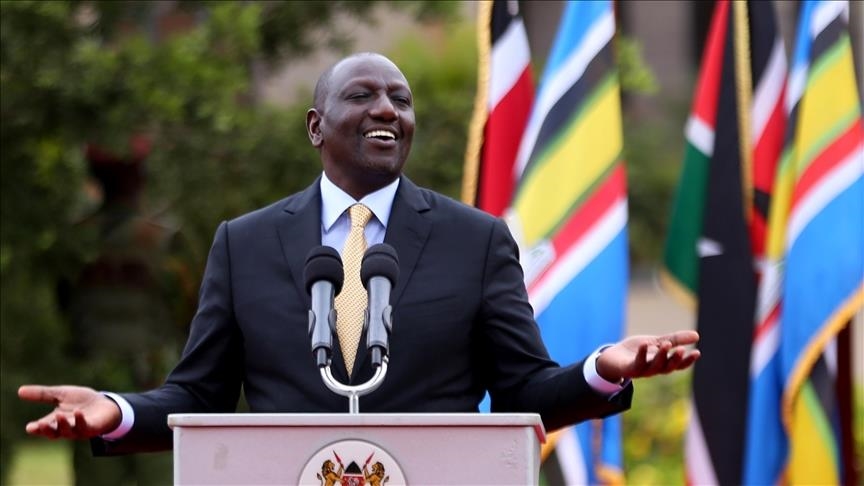Kenyans are set to transact using fingerprints and iris by December once the Digital ID platform, dubbed the Maisha Number, becomes operational.
This is after President William Ruto promised that the Digital ID will be in use come December, with the testing program set to end in November to pave the way for the seamless launch.
The government postponed the planned launch in September due to unavoidable circumstances and promised to announce a new date.
“I have been assured by all the stakeholders led by the Ministries concerned that by December we will be able to launch the digital IDs where every Kenyan don’t have to carry any paper plastic or otherwise as an ID,” Ruto said.
Further, he said that the planned rollout was on course, saying the commencement of the use of the digitized model of national identification is progressive.
“Kenyans will be able to be identified digitally using their iris or fingerprints and we can transact without the necessity of people struggling to identify who they are,” he said.
The digitized identification that will replace national Identity Cards (ID) will virtually incorporate all personal detailed identifier data, including Birth certificates, death certificates, Maisha cards as well as driver’s licenses, among others.
Newborn children will be assigned a distinct number that will serve as their birth certificate number and later as an identification number for all government services, including death registration.
Maisha Number will feature a Machine-Readable Zone conforming to International Civil Aviation Organization (ICAO) standards.
This master database will manage data for all registered citizens, refugees, and foreigners using fingerprint biometric technology, enhancing data accuracy and reliability.
It will consolidate existing independent databases into a single integrated register, serving as the central reference for all data related to Kenyan citizens and foreign residents in the country.
On the other hand, the Digital ID will be a digital representation of an individual, organization, or device.
The comprehensive rollout of the project has been estimated to take a transition period of 2 to 3 years.









